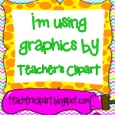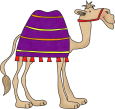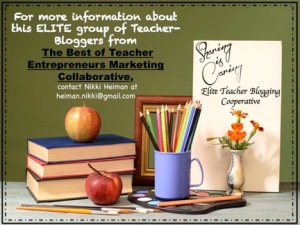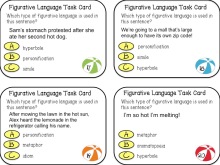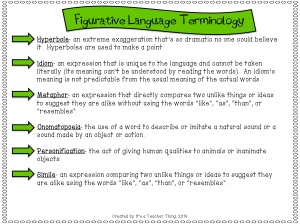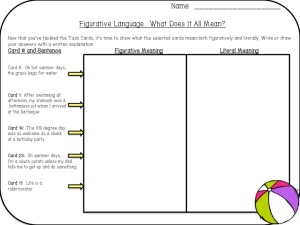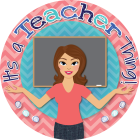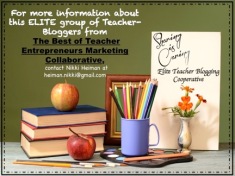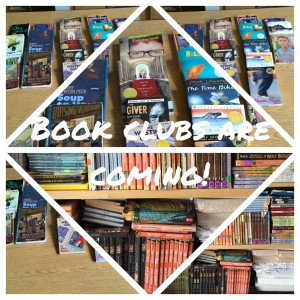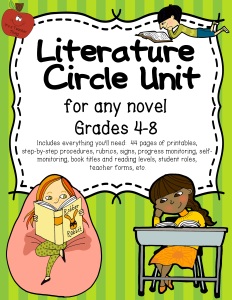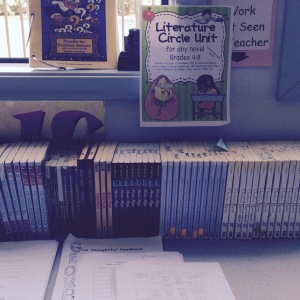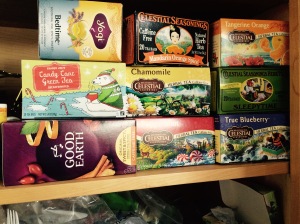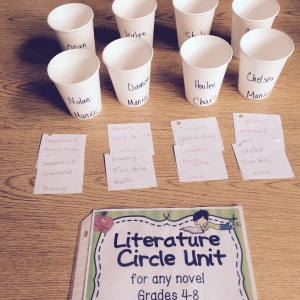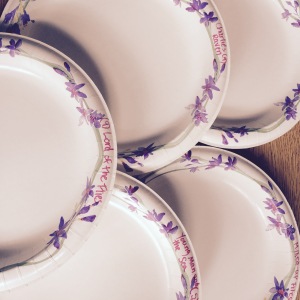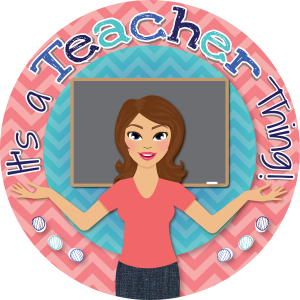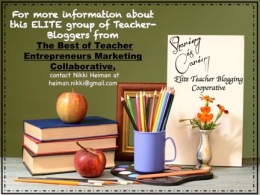
How Do I Make Social Studies Come Alive?
Be still my heart…this is one of my favorite topics. I feel fortunate to teach a combined social studies/language arts class, and I firmly believe that it’s the social studies component that makes my language arts come alive. I am lucky that the sixth grade social studies curriculum is naturally interesting–it makes my job easy. I get to teach about the the earliest humans and ancient civilizations (yes, I wrote “get” because I LOVE it!)
Here are some of my favorite ways to make social studies come alive:

- I create simulations whenever possible.
This can range from a more complex simulation like a game that takes four weeks to complete, with a bulletin board gameboard, tokens, fate cards, and a winner, to simply hiding zip-lock baggies of food around the classroom, having groups draw a token (either hunter-gatherer or farmer), and setting the hunter-gatherers off to search while the farmers are given a surplus of food to eat while they do their homework. Kids love it, and it’s so easy!!
- I create Pinterest boards for each civilization we study.
I use something on my boards each week. Often, we’ll do a tour of a museum or historical site. For our study of the early humans, we go on a virtual tour of the Natural History Museum to look at the replicas of the different hominids. When we study Egypt, we go on a virtual tour of the Giza Plateau from the top of the Great Pyramid, and then we get to tour inside! When we study ancient Greece, we do a Google Earth tour of the Greek mainland and isles to see the dry, rocky geography, which profoundly impacted the ancient Greeks. As teachers we are fortunate to have access to online sources, of which there are many. I use some of my summer vacation updating my Pinterest boards and video links so I know things work during the school year.
- I try to create intrigue before we read the textbook by coming up with as many hands-on activities as possible.
For our study of Egypt, I have cinder blocks, dowels, and wedges of wood I store in my cabinets year after year. When it comes time to think about how the pyramids were built, I pull out the blocks, dowels, wedges and some string. Their goal is to figure out how to lift and move the block across the classroom using the dowels, wedges, and string. I don’t tell them how to do it, but I do tell them that they are to imagine the blocks weigh a minimum of 5000 pounds, so they can’t just lift them…they must use brainpower. Once they are successful, I leave them to consider how to get one block on top of another. This motivates the kids to want to read the chapter on The Age of Pyramids. If you create intrigue, kids will want to read more on the subject. And, it’s also the perfect time to use the test simulation product I created since one of the topics is the building of the Great Pyramid.
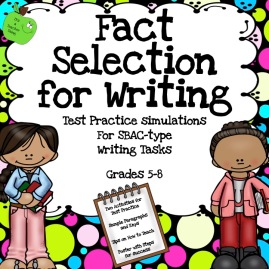
We also mummify Cornish game hens to simulate the mummification process. We watch a video from National Geographic (found on YouTube) where an Egyptologist mummifies a human cadaver the ancient Egyptian way. They never forget this!! Here’s a link to my product detailing the steps to making a mummy.

It’s called How to Make a Mummy.

In our study of archaeology, I create artifact dig tubs (using plastic tubs for storage) filled with dirt from bags of donated soil or my backyard. I save bones, beads, shells, and have acquired a large selection of spear points, obsidian shards, pottery, and even plastic (to simulate contamination). They are so excited to dig, measure, document, and make conclusions about the people who lived in the area the tub simulates. Before we dig, we watch videos of archaeological digs. We also learn about the dark side of archaeology-grave desecration, robbing, taking remains for entertainment, etc.
When we study the governments of the ancient Greek city-states, I have students act out the type of government, what the ruler or rulers may have done to make people happy, and how those in charge may have lost power. This is directly from the text, so when we sit to read students already have background information to help retain the concepts. I also try to do Readers’ Theater as much as possible.
4. I interweave debates and argument or compare/contrast writing with our social studies.
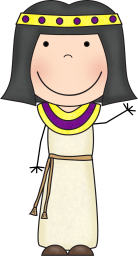
This makes the essay writing so much more interesting, the research is easier, and everyone in the class has something to offer. Debates are an easy way to get the entire class involved. Students can either be judges, proponents, or opponents of an issue. Debate seems like a natural progression in social studies. I’m running one this week on whether the ancient pharaohs of Egypt were oppressors or great leaders. They’ll be using information from the reading to make a claim and then support it. From there, we’ll be writing an argumentative essay on the same topic.
- I often break up the class into groups based on our area of study.
This ties in with the idea of simulations, but it doesn’t have to get that complex. For Greece, they’re in city-states. For Egypt and Rome, they may be in social classes, for the Neolithic period, they may be farmers or hunter-gatherers. From there, ideas naturally occur to simulate. They may earn points for homework, have fates they draw that will add to or take points away. I even hold a Greek Olympics, where all the sixth grade classes are working together as city-states to compete in eight events (some academic, some cooperative, some athletic).
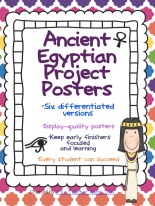
- My last tip today is one that’s easy to do no matter the topic of study.
I write a list of vocabulary words on the board. I pick some of the more obscure words in the chapter from the text we’re about to read. From there, I have students select two words with which they are least familiar to include in two silly sentences. Students get to share their best sentence and I write them up on a sheet of large paper, which stays up in class for the entire unit. I don’t tell them whether they’re right or wrong, but I do ham it up as much as possible when I write their sentence. I’ll grimace, or I’ll say, “Yuck, that makes my stomach turn!” Kids can’t wait to get into the chapter to see what the word really means. When we do come upon the words in the context of reading, we stop to peek back at the silly sentences. This is such a simple yet powerful technique to pique student interest in reading.
I’ll be doing more in depth blog posts on this topic, as it is an area of passion. Stay tuned for more ideas on making history come alive!
Thanks for stopping by!
Marcy
Thank you for the clipart:
Klaire Pearson, Teacher’s Clipart , Scrappin’ Doodles

